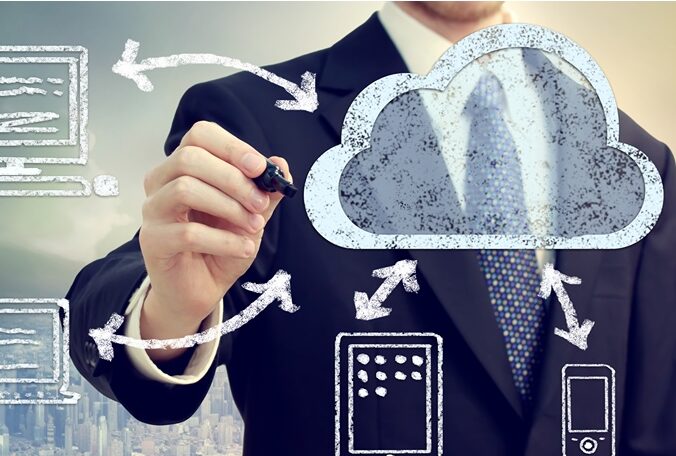What is a SOC 3 Report, and How Does It Differ from SOC 1 or SOC 2?
The SOC 3 report is one of the most widely recognized reports in the area of security assessment. Its primary purpose is to evaluate an organization’s controls over management systems related to safeguarding sensitive customer information and payment card data. Essentially, it is a quality assurance benchmarking assessment tool for your company’s security policies and procedures.
One of the significant differences between SOC 3 and SOC 1 or SOC 2 reports lies in the scope. While both require compliance with regard to point-of-sale systems and consumer data, SOC 3 also audits the controls for remote devices like laptops and mobile phones. By contrast, a SOC 2 report focuses more on physical control aspects (such as access to computers and servers) while SOC 1 reports evaluate the controls for processing customer transactions. Thus, it is safe to say that a SOC 3 report has a broader scope than its two cousins.
Why Do You Need a SOC 3 Report?
Businesses and financial institutions are at a high risk of being victims of such cybercrimes, with Javelin reporting that companies’ annual cost of fraud is about $2 trillion. They also say that 66% of all data breaches affected small businesses, which should give you even more reason to have your security measures scrutinized.
Because of these appalling facts, it is almost a given that you will need a SOC 3 report for your business. It offers valuable insights into the effectiveness of your prevention strategies and procedures, thus helping you identify areas where you can improve. A high-quality report from an accredited third-party assessor means that you have not only met but also exceeded the standard industry requirements.
Benefits of SOC 3 Report for Your Business
Like we already mentioned, only an outside auditor can do a complete and thorough audit. Once the assessment is done, if any findings show your company is not following all the required security policies, you can fix them before it’s too late. One of the main benefits of getting a SOC 3 report done for your company is that it will help you identify potential security risks and vulnerabilities that you might not have known existed. If these issues are brought to your attention, then you can correct them before the consequences materialize.
Remember, neither the Financial Industry Regulatory Authority (FINRA) nor the SEC requires that companies subject themselves to SOC 2 or SOC 3 audits, so auditing your IT security is entirely voluntary. Because of this, there’s never a wrong time to do it. Even if you think that you’re doing a fantastic job with your security at the moment and have nothing to hide, none of these audits are ever wasted money.
A SOC 3 report involves a Statement of Security Practices (SOSP), which requires that the company disclose its security measures. This document contains information on how your business handles sensitive customer data. It also outlines the solutions you’re using and what protocols are in place to protect this data. If you decide to get a report done, you will be able to share it with your customers to show them that you’re actively working to defend their information against breaches and cyber attacks.
Getting a SOC 3 report is like getting a physical checkup. It’s there to tell you what needs improvement and where else you can improve your business. If you get one done, then you’ll be able to go back and study all of the recommendations given by the auditor and see if they’re worth implementing or not.
TrustNet is a leading provider of information security auditing and consulting services for companies in North America. We offer a wide range of services, including information security audits, penetration testing, vulnerability assessments, and world-class compliance services. From PCI, HIPAA, SOC, SOX to ISO assessments for any size business or organization across multiple industries worldwide, TrustNet has what you need to run a secure operation. Our proprietary project methodology ensures that each client is getting only services they require based on their needs. It lowers costs and improves efficiency while still providing an unparalleled level of expertise from our experts, who have over ten years of experience working as consultants in these fields worldwide.






